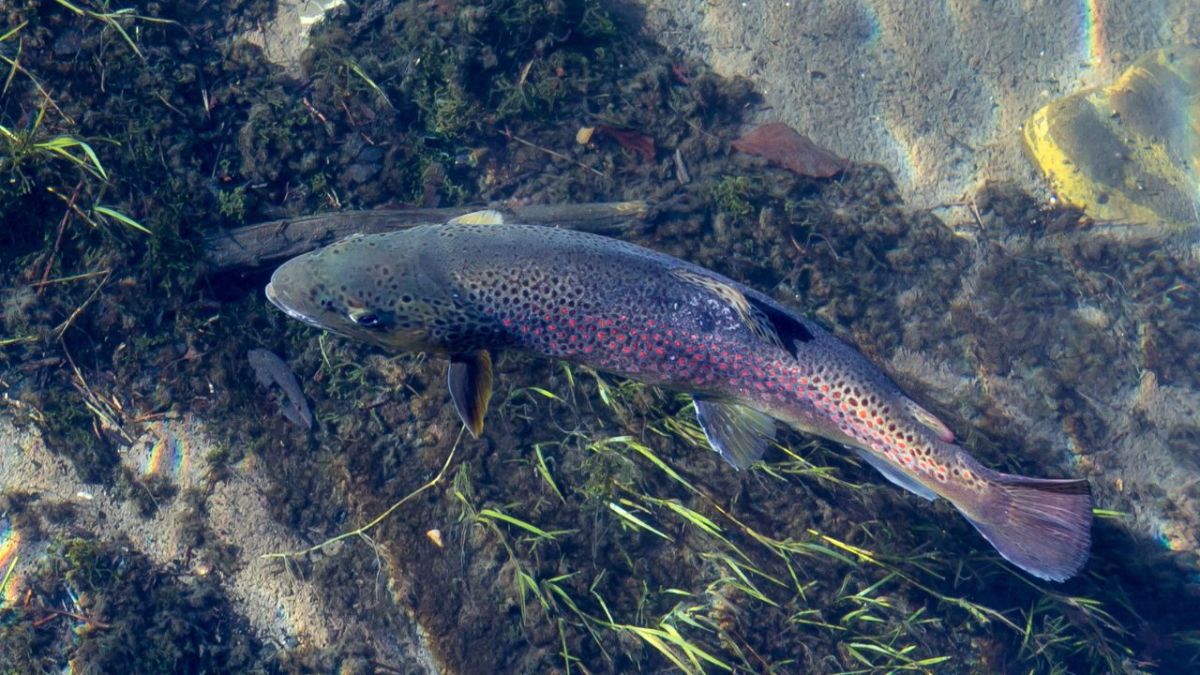
The best spots for fishing and how to achieve the biggest catch thereby
👉 The key facts from this guide
- Search for quiet spots along a river for fishing, as fish avoid disturbances.
- Pay attention to converging currents, as they often create special conditions for fish.
- Fish prefer secure structures like roots, jetties, or rocky coasts.
- Places where tributaries meet the main river are typically good fishing spots.
- Changes in water depth can attract different fish species.
- Take note of the salt and oxygen content, as well as the temperature of the water, as different fish have different preferences.
It is advisable not to act only when it is already too late.
We have already seen this too often in human history, and it is time for us to learn from our mistakes.
Possible scenarios that require our most primal instincts and long-forgotten skills are becoming more probable due to climate and political events.
Alongside obtaining drinking water, the search for food is of paramount importance in the fight for survival.
Bodies of water offer an excellent source of food due to fish populations.
To efficiently utilize your energy capacity, you should know beforehand where you are most likely to have success in fishing.
If you want to know what to look for when choosing a location, you are in the right place!
Where are the fish?
The ideal spot for fishing is worth its weight in gold!
This is because fish in a body of water do not distribute themselves evenly, but rather stay in different areas depending on their species.
If you want to fish in an unfamiliar body of water, it will take you some time to find the perfect spot to fish.
However, there are some signals that will make it easier for you to locate a busy area.
Your success in fishing depends not only on your equipment, but also on how well you assess your fishing area.
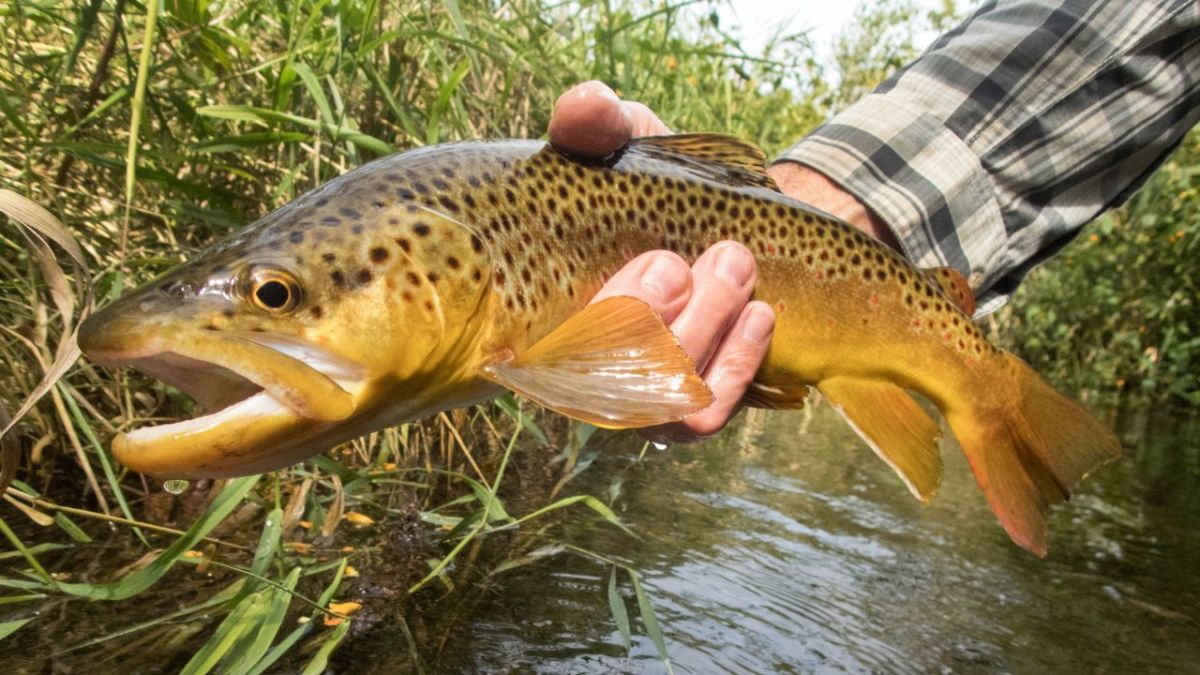
The benefits of consuming fish
Fish is a great source of protein and, in addition to minerals, also contains healthy fats. Fatty fish, such as salmon, contain the omega-3 fatty acids that are necessary for us.
It is recommended to consume fish twice a week. Various studies, especially in countries with high fish consumption, suggest a higher life expectancy compared to countries with high meat consumption.
This can depend on various factors, but one study followed people with different diets in Japan over a period of 16 years. It was found that a diet rich in fish can also increase life expectancy.
Read also
Catch n' Cook for beginners: This is how you turn your kids into little fishing heroes – Learn in 6 easy steps how to experience a successful catch n' cook with your children – from fishing to a delicious fish meal by the water.
The 80/20 rule in fishing
Among anglers, the 80/20 rule exists.
This states that 80% of fish are located in only 20% of the waters.
When you come to a new body of water, you are initially faced with the challenge of finding a suitable spot.
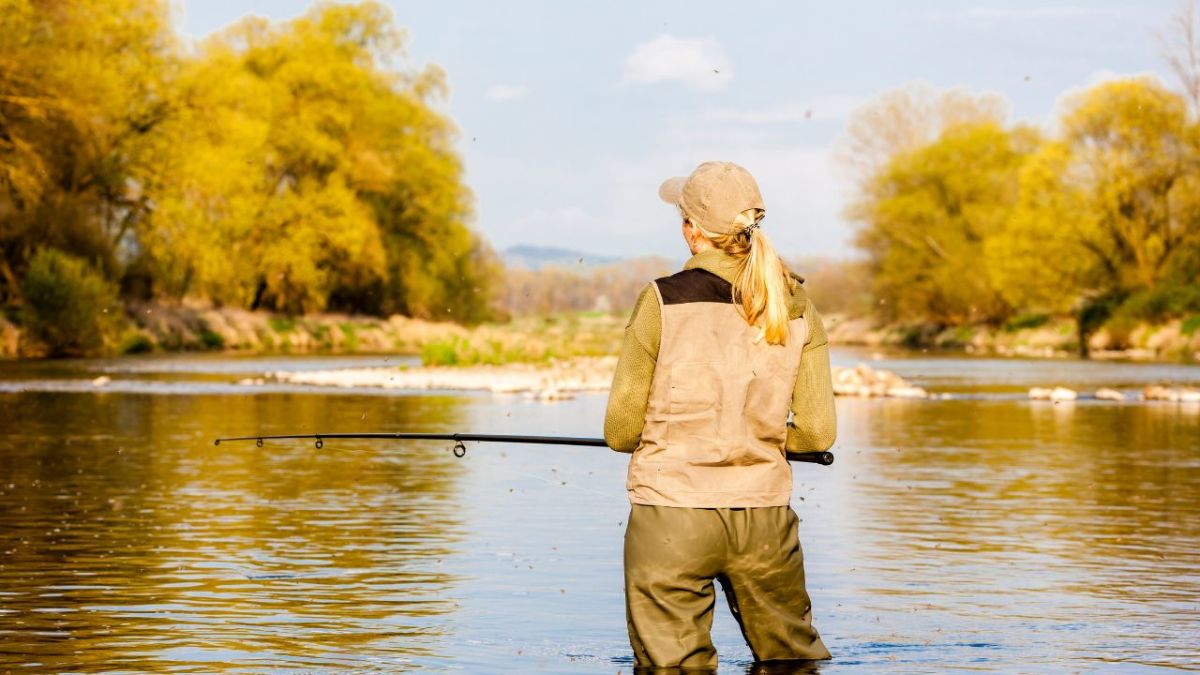
Especially in a survival situation, you do not have the capacity to try out various locations.
Therefore, I want to increase your chances of being able to feed your family in an SHTF situation:
It is important to first understand why the fish are located where they are.
Several factors are crucial for this:
- safe areas (protected, camouflaged or good escape routes)
- the right water temperature
- frequency and availability of food
- current strength
- water depth
- dissolved oxygen
- salinity
You will not be able to measure all these factors, but I think it is significant to be aware of them.
In addition, I would like to suggest some hints that consider the factors mentioned above.
These are usually recognizable with your bare perception
The more you pay attention to these things, the quicker and more reliable you can determine the ideal fishing conditions.
1. Quiet places along a river
Avoid places that are exposed to many disturbances. In a survival situation, there probably won't be much human activity, but other animals like ducks can also scare away fish.
Here, the safety factor and the food factor are included. Disturbances such as ducks stir up mud, which affects the fishes' visibility, resulting in insecurity. Furthermore, because of the loss of sight, the fish can't find food.
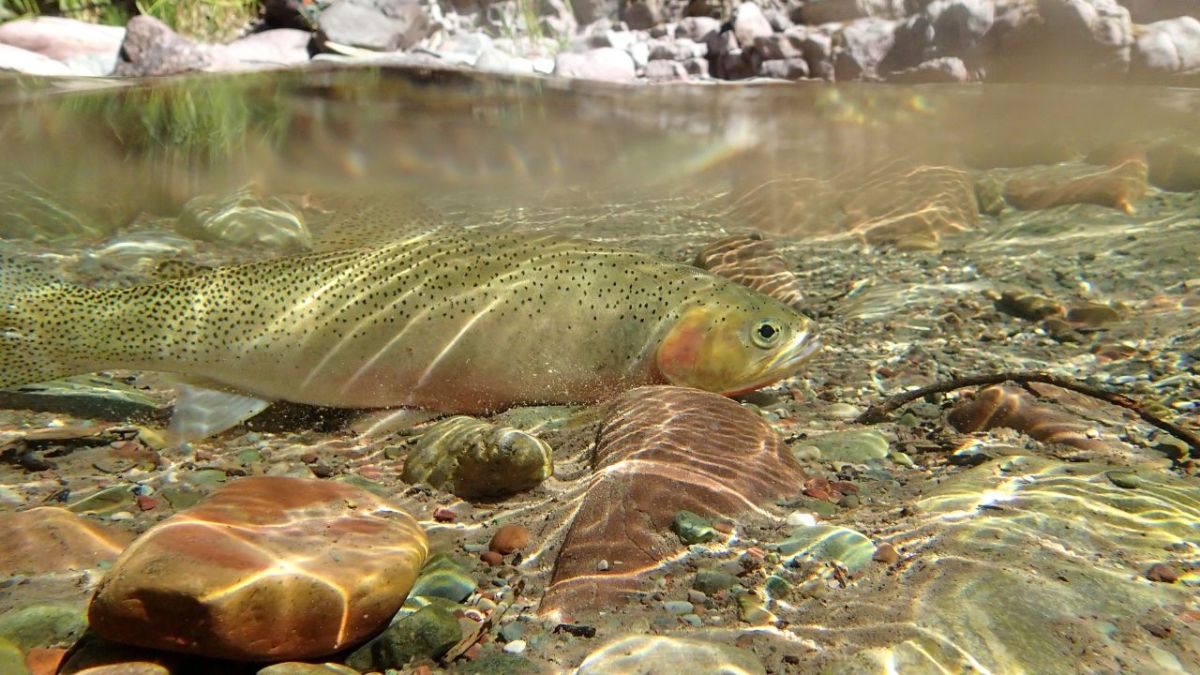
2. Converging currents
When two currents meet in a body of water, this often creates special conditions.
Examples are islands or rocks in a river. Here, the current splits and then converges behind the obstacle.
There can be a temperature difference due to the different conditions (sunny side and shady side converge). In addition, the oxygen level can be higher due to eddies, which fish love.
There is an increased food supply, which attracts small fish and thereby also invites larger predatory fish to hunt.
3. Safe structures
Fish love roots that protrude into the water and form unique structures below the water surface.
The aquatic inhabitants feel safe here, and besides the protection factor, birds nest in branches hanging over the water.
Its excrement therefore typically falls into the water and is sometimes used by various fish as food.
Root systems are not the only shelter for fish. Man-made structures are also often adopted by fish.
So, you frequently find accumulations of fish on piers or harbors.
Finally, very rocky coasts are a good meeting point. Here, fish can hide and quickly go into open water for prey. Ideal for putting a bait in the water.
You can usually rely on the fact that the rock formations above the water continue underwater as well.
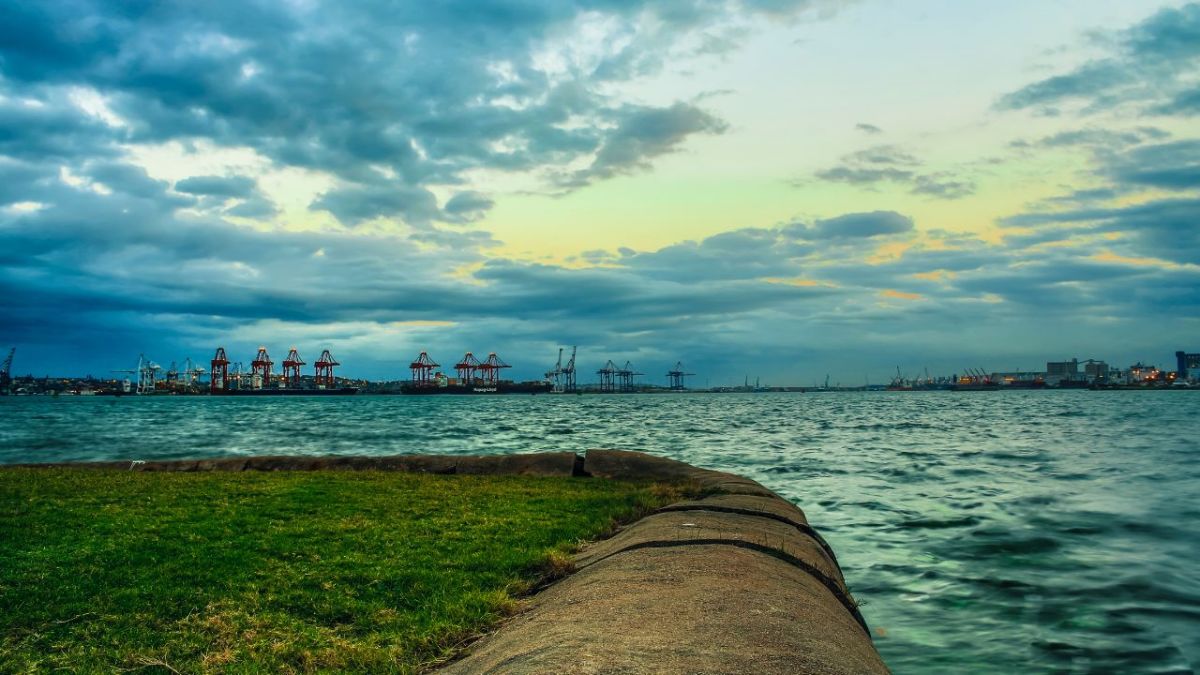
4. Where tributaries meet the main river
Where different currents meet, there is regularly a high concentration of life.
Here, the current of the smaller river slows down and the temperature also changes. Ideal conditions for predatory fish!
5. Change in water depth
This is not immediately recognizable from the shore. When the depth of a body of water changes, a temperature gradient also forms, which attracts various fish.
In addition, deep water provides more protection from birds of prey.
6. Salt and oxygen content
Various fish prefer different oxygen and salt concentrations in the water.
If you want to catch a trout, you should look for bodies of water with a low salt content.
On the other hand, striped bass can survive in both salty and freshwater.
Oxygen is produced either through photosynthesis or through breaking, turbulent water such as waterfalls and waves - but rain also brings oxygen.
Trout, for example, require not only fresh water but also a relatively high oxygen content. Look for waterfalls or similar features to find good spots for trout.
Healthy vegetation provides a water body with oxygen. On the other hand, decaying plant debris depletes the water's oxygen. When choosing your water source, you should also consider the composition of the aquatic plants.
In addition, the water's temperature provides information about its oxygen content. The warmer the water is, the less oxygen it contains.
This leads to a reduced feeding behavior of fish - they are busy trying to obtain oxygen. Too cold water, on the other hand, slows down the animal's metabolism and also leads to the fish eating less.
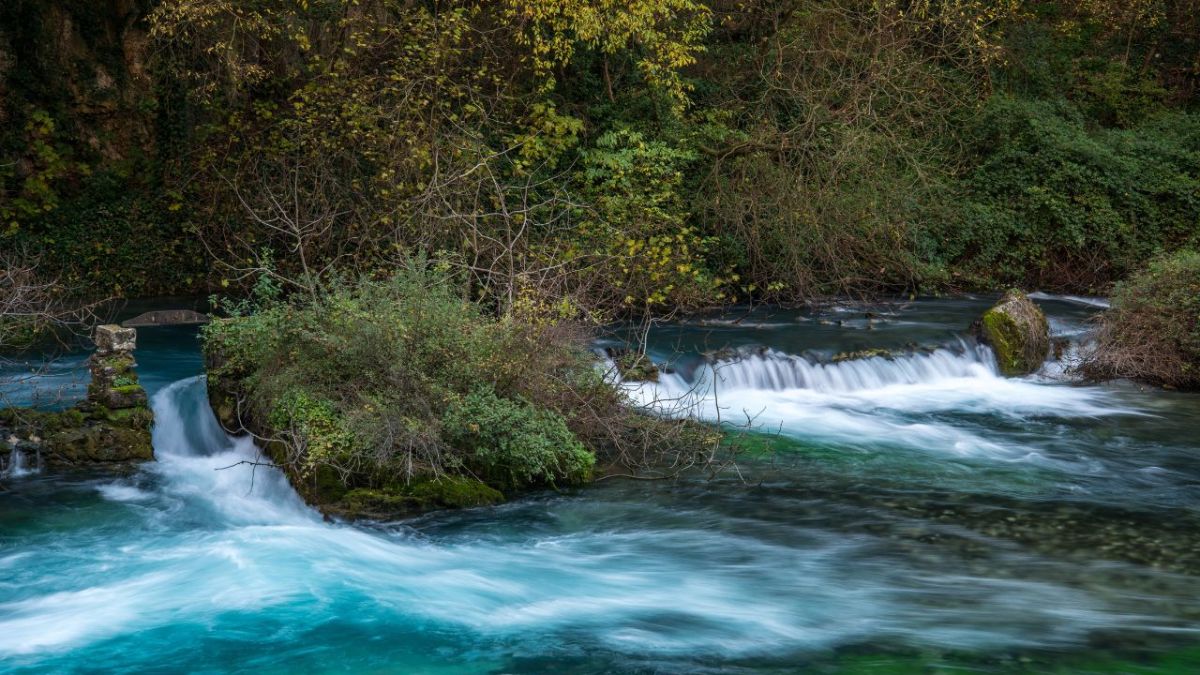
7. Temperature
Although temperature has already been mentioned in the above points, I would like to go into more detail here.
Depending on the type of fish, different temperature ranges are preferred. Some fish can only tolerate a certain temperature range, while others are much more adaptable.
It is important to know the preferred temperature ranges of the fish species you want to catch. You have to research beforehand which fish live in your water source and which ones you would like to catch.
As an example, I would like to revisit the salmon. This fish species prefers temperatures between 8 and 14 degrees Celsius.
The optimal temperature for trout and grayling is between 5 and 18 degrees Celsius.
Catfish are accustomed to warmer waters and start their search for food at temperatures above 12 degrees Celsius.
Now you may be wondering how to measure the water temperature in a survival situation.
I recommend buying a thermometer (digital or analog) that measures reliably. You can then experiment a little with your temperature estimates and train your perception of cold/warmth.
8. Wind
In windy weather, many fish will hide.
Although the wind does not directly reach underwater, it can lead to increased currents and rough water surfaces.
This makes it difficult for fish to detect enemies from above, and they often seek shelter in advance.
Then you should focus on hiding places at the edge of the body of water.
9. Slow-flowing water
I mentioned earlier when smaller rivers flow into a main river.
In main rivers, there are also areas with slow-flowing water. Water naturally flows faster at steep points. Wide areas result in slow water flow. Many fish will also be found here.
Conclusion: On the Trail of Fish with the Right Knowledge
It is not initially easy to identify the right fishing spot.
Many factors must be considered to identify a higher fish population.
Take it step by step and don't try to tackle everything at once. Start with one aspect and train your perception for it.
It is important to apply your knowledge in nature. This reinforces awareness and sharpens your senses. Patience and attention are the keys to success here.
Ideally, you already explore the areas around your home and give yourself survival-enhancing conditions.
Furthermore, you should keep potential sources of pollution in mind to choose the appropriate waters.
Experiment a little and combine other skills with what you have learned here.
I also like to make a sit spot on site to let the environment affect me.
Here you will also find a guide from me on how to use the most original fishing methods to your advantage.
Have fun learning, practicing and experimenting. And if you're looking for fishing equipment to get started, I recommend the gekeschert.de fishing shop.


Author of the guide
Martin Gebhardt
Hey, I'm Martin. On my blog, you will learn the basics and numerous details about living in the wild. I think survival, bushcraft and the good life in nature are the keys to happiness. Find me here on Instagram or on YouTube. You can find more about my mission on the About Me page.
Was this guide helpful?
11 people found this guide helpful.
5.00 out of 5 points (11 Ratings)
Comments (0)
This post may contain affiliate links. So if you click on the links and make a purchase, I will receive a small commission at no additional cost to you. Click here, to learn more about it.


